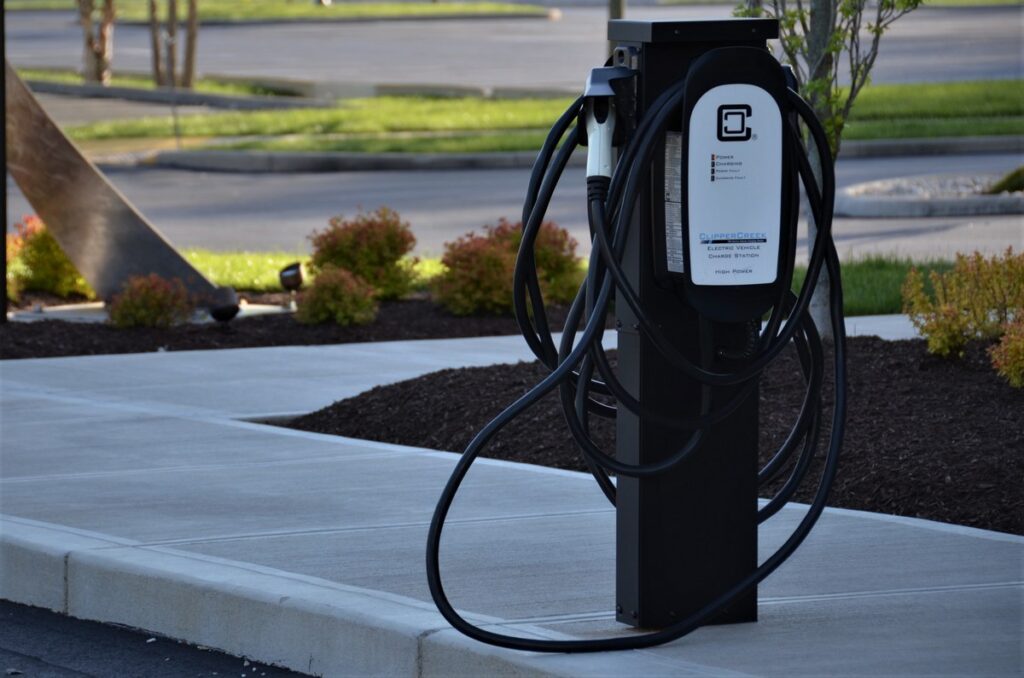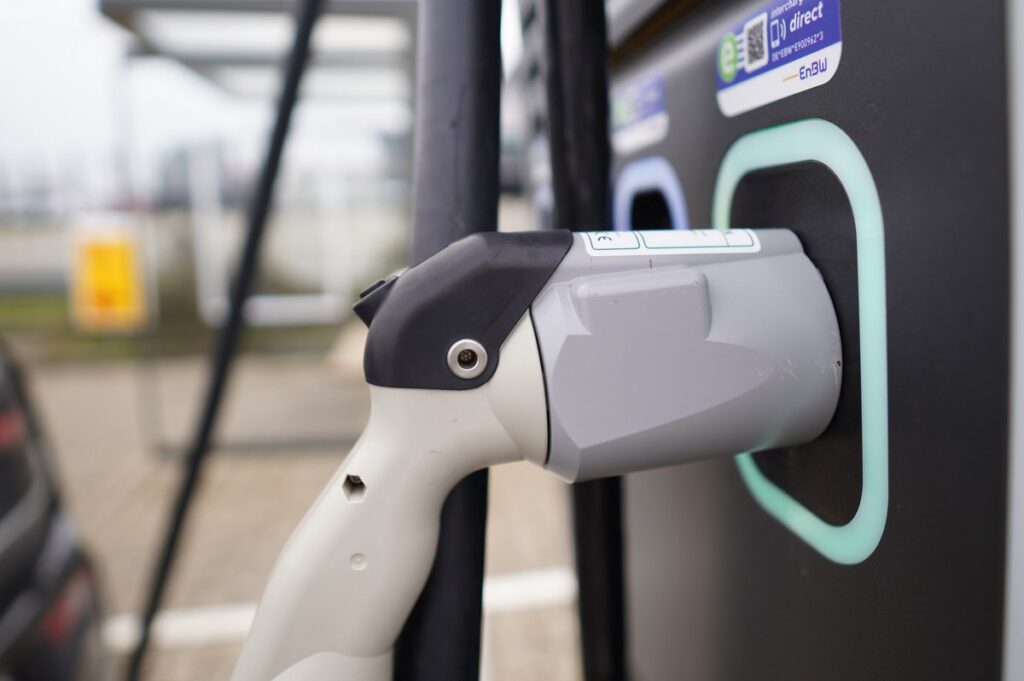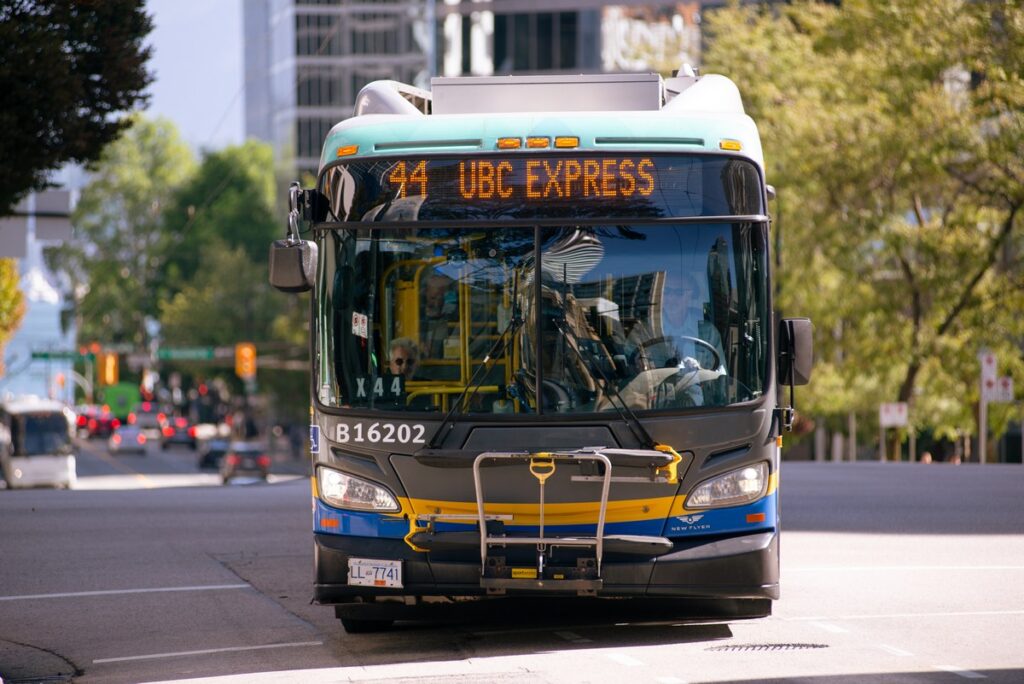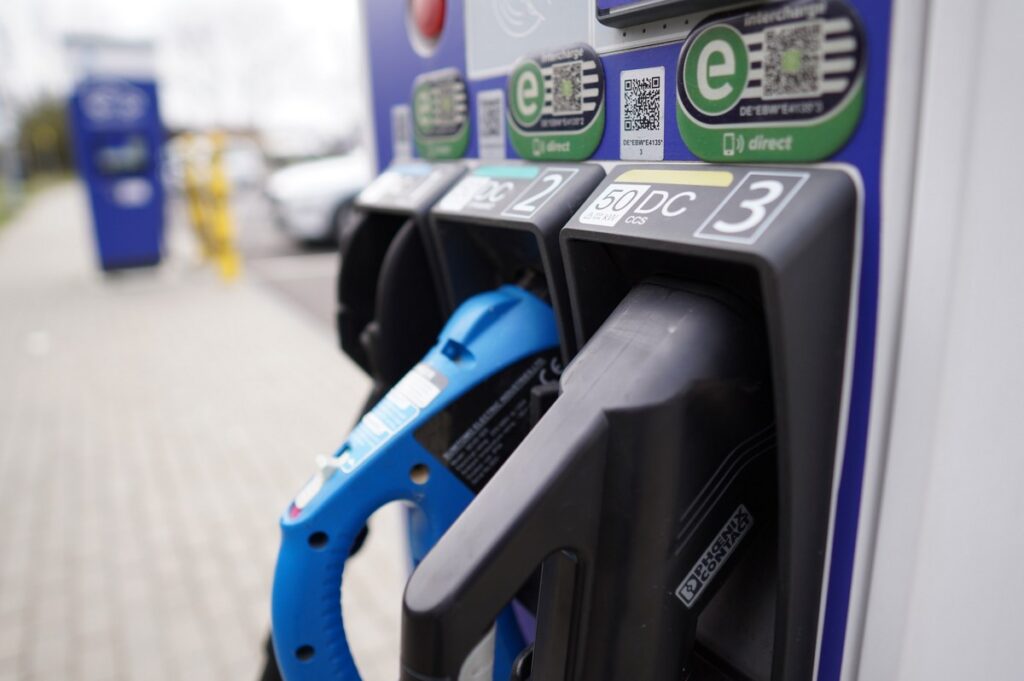In recent years, the proliferation of electric vehicles (EVs) has sparked significant interest in developing efficient and sustainable charging infrastructure. Within this landscape, the focus on electric buses has gained prominence due to their potential to revolutionize urban transportation systems.
At the end of 2022, there were 2.7 million public charging points worldwide, with more than 900 000 installed in 2022, about a 55% increase on 2021 stock, and comparable to the pre-pandemic growth rate of 50% between 2015 and 2019. Thus, the integration of charging stations tailored for electric buses has emerged as a key driver in enhancing the daily operations of public transit networks.
This article delves into the multifaceted realm of vehicle to grid charging. It meticulously examines both the advantages they bringand the intricate challenges that necessitate innovative smart grid solutions. By unraveling the difficulties, a comprehensive understanding of the transformative impact and future potential of EV charging stations comes to light.
Why Are Effective Charging Stations Important?

Embracing EV charging solutions positions your brand at a strategic advantage and extends its positive influence to your workforce and customers while paving the path towards a more environmentally conscious tomorrow.
The rise of electric vehicles (EVs) marks a significant shift in the dynamics of power grid operations and distribution networks. As these vehicles get more prevalent, the implications of their substantial power demand for battery recharging become increasingly evident. The integration of vehicle to grid charging introduces a new layer of complexity to the existing infrastructure.
Is The Efficiency Of EV Chargers 100%?

Plug-in charging isn’t fully energy efficient due to losses, mainly as heat, across all phases from the grid to the battery. Moreover, the efficiency of a plug-in electric vehicle (EV) charger isn’t uniform across different brands or models due to variations in the efficacy of individual components within the chargers. Consequently, gauging the energy transfer efficiency from grid to battery encompasses a spectrum of possibilities.
A standard Level 2 home charger, for example, typically operates within an efficiency range of approximately 83% to 94% from grid connection to the battery, contingent upon the specific unit you select.
What Benefits Does Vehicle-to-Grid Technology Offer For Electric Buses?

From mitigating peak demand fees through opportunistic charging to optimizing battery capacity and boosting profitability, the following points underscore the multifaceted advantages of this cutting-edge technology for electric bus fleets.
- Return on investment (ROI). Despite initial high installation costs, investment in high-power wireless charging stations yields diverse and fruitful returns.
- Peak demand fee mitigation. Opportunistic charging reduces steep peak demand fees at depots by ensuring electric buses return with higher charge levels.
- Battery capacity reduction. Wireless opportunistic charging significantly cuts the required battery capacity for electric buses. Enables prioritization of passenger transport over carrying excessive battery weight.
- Enhanced profitability and efficiency. Using this kind of charging station augments profitability of electric bus fleets by reducing operational costs and increasing efficiency. Frequent yet shorter charging cycles extend battery lifespan, reducing replacement costs.
- Economical bus procurement. Operators can invest in more economical buses with smaller batteries, leading to cost savings.
The most recent report by IDTechEx conducts an operational assessment, spotlighting actual instances where transit authorities achieved substantial cost reductions. Taking into account the BYD K9 all-electric bus as an illustration (notably their best-selling model), the study indicates that downsizing the battery by 138 kWh (approximately half of the original weight) could result in savings of about $55,000 per bus.
What Are The Challenges Of Charging Stations?

Primary obstacles encompass the substantial installation expenses, effective communication between grid operators and charging station firms, and the interoperability of charger units.
We delve extensively into these and various additional concerns in the subsequent sections to provide you with a comprehensive understanding of the hurdles that manufacturers encounter while establishing and managing their charging infrastructure.
- Inadequate charging network infrastructure. The intricacies at play in the background encompass a series of understandings among grid overseers, charging equipment producers, and property proprietors. As a result, the establishment of a charging grid comes with a hefty price tag, ranging from $2,500 for a gradual charger to $35,800 for a rapid charging unit.
- Interconnectivity between automobiles and power grids. The existing scenario presents a shortage in terms of the essential coordination, communication, and contractual arrangements involving power grids, utility corporations, and charging equipment manufacturers.
The current circumstance is restricted due to the insufficient exchange of information necessary to establish a widespread acceptance of an economically feasible, dependable, and safeguarded system for recharging electric vehicles for motorists.
- Integration of payment methods for charging. The landscape of payment options for electric vehicle charging encompasses a variety of avenues, including mobile applications, contactless payment cards, QR Codes, and RFID cards. The challenge emerges from the lack of seamless compatibility among these methods, a situation that could ideally be resolved through their unified utilization.
Wrapping Up
The integration of charging stations for electric buses undoubtedly brings a multitude of benefits that significantly enhance everyday operations. The reduction in greenhouse gas emissions, lowered operational costs, and improved air quality are just a few of the advantages that contribute to a more sustainable and efficient urban transportation system.
Despite the numerous benefits, it’s essential to acknowledge the challenges associated with this transition, including initial infrastructure costs, limited charging infrastructure, and potential disruptions to bus schedules. Addressing these challenges through strategic planning, collaborative partnerships, and technological innovations will be crucial in realizing the full potential of electric charging stations.